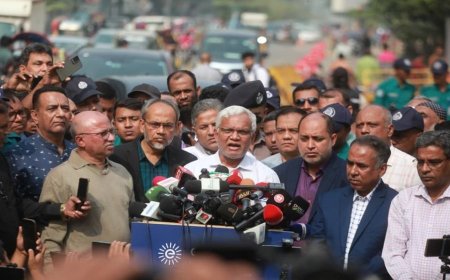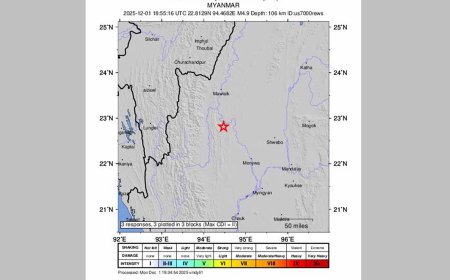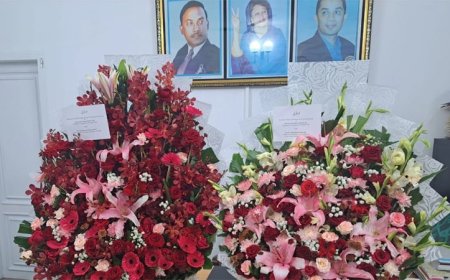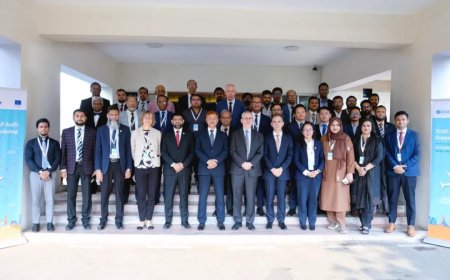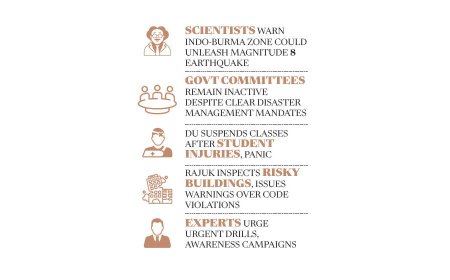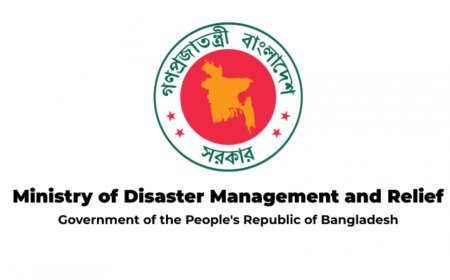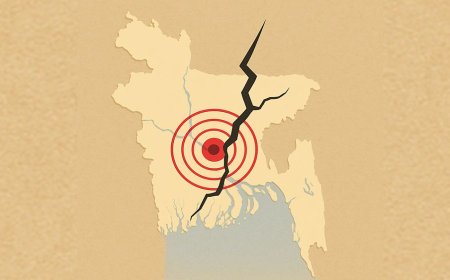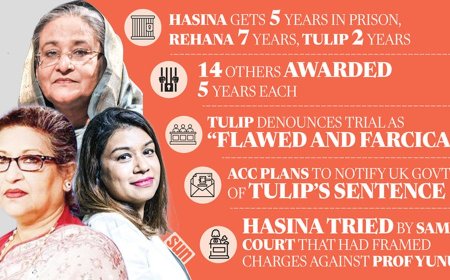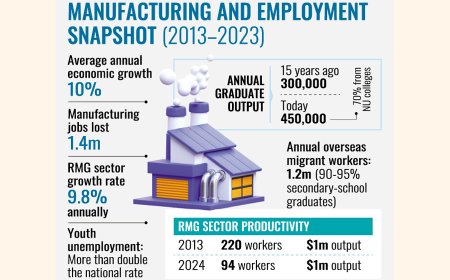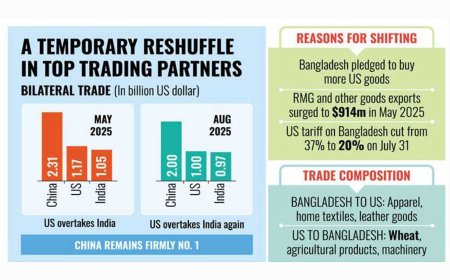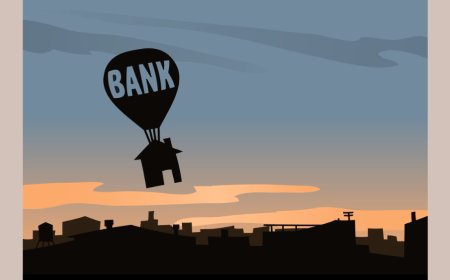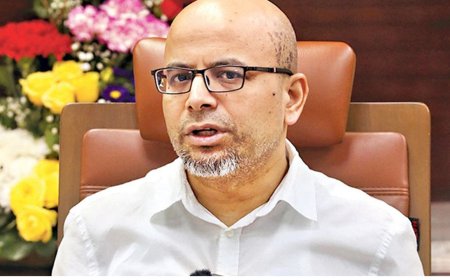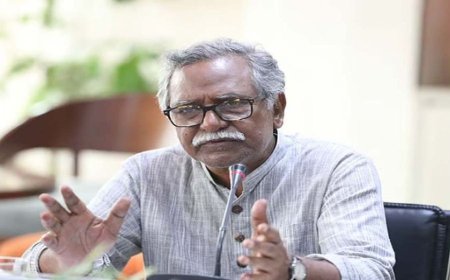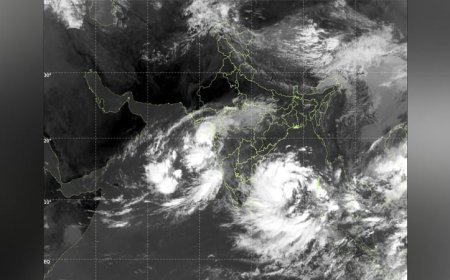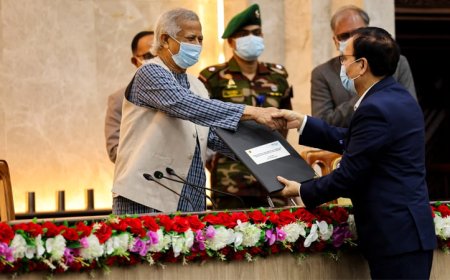Coastal communities in Bangladesh: Millions endure hardships as the world gears up for COP29
Coastal communities in Bangladesh: Millions endure hardships as the world gears up for COP29
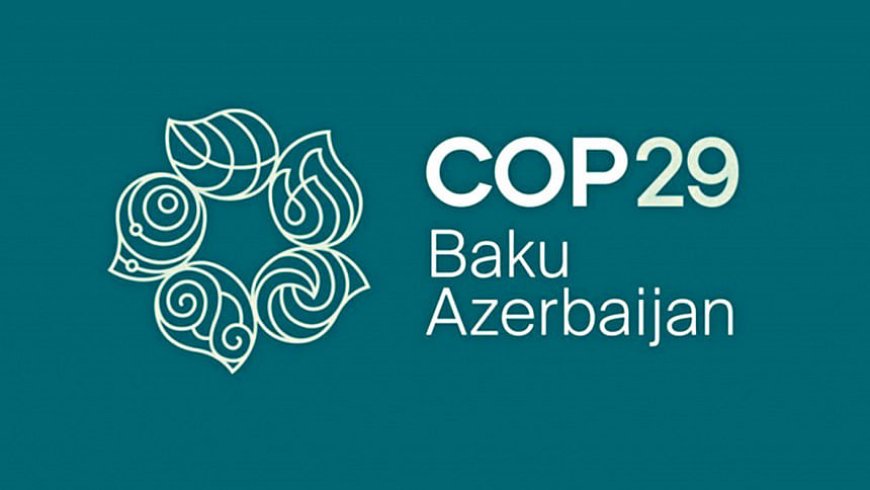
A few days ago, Sakhina Begum’s teenage grandson, Ariful, narrowly escaped a crocodile attack while crabbing in a canal near their home. Sakhina, aged 80, lives in Fakirkona Para, Kalabogi village, in the Dacope upazila of Khulna, with her physically challenged son Abdullah, her daughter Kulsum, and grandson Ariful. This narrow strip of land, just 200 meters long and 50 meters wide, lies between the Shibsa and Bhadra rivers, bordered by the Sundarbans on one side and the mainland on the other. High tides regularly flood her yard, a pattern that’s persisted for over 15 years, yet the family remains with nowhere else to go.
Since Cyclone Aila in 2009, river erosion has worsened, causing many residents to leave. Three years ago, erosion separated the area from the mainland, making Fakirkona nearly isolated, with residents, including 25 families like Sakhina’s, relying on boats to reach the mainland. The lack of nearby cyclone shelters and medical facilities further complicates their lives, requiring a 30 km boat trip to the upazila health center and a lengthy commute for children to the nearest secondary school.
Most locals, including Sakhina’s family, sustain themselves by fishing, despite crocodile threats. Restrictions on catching young fish in the Sundarbans have deepened poverty, and many children can no longer attend school. Visiting Fakirkona, our correspondent observed the community’s daily challenges and resilience in the face of adversity.
Sutarkhali Union Parishad Chairman, Masum Ali Fakir, shared that residents stay awake with their children when a storm or high tide threatens, unable to sleep due to fear. “Even basic necessities are hard to come by here. No one can fully grasp this hardship without experiencing it firsthand,” he added.
This story reflects the hardships faced by millions in Bangladesh’s coastal regions, where rising sea levels, river erosion, severe cyclones, and saltwater intrusion threaten livelihoods. From 2000 to 2019, Bangladesh endured 185 extreme weather events, ranking it among the world’s most climate-vulnerable nations. In 2019 alone, 4.1 million people were displaced by climate disasters, while coastal flooding and saltwater intrusion have forced many to leave their homes. Rising sea levels have increased saline-affected land by 27% since the 1970s, significantly impacting crops and incomes.
The Nationwide Climate Vulnerability Assessment (June 2023) estimates that 36 million people in Bangladesh’s coastal areas are vulnerable to climate change. As COP-29 approaches, discussions will center on climate adaptation and financing, yet for people like Sakhina, the outcomes remain uncertain.
Professor Emeritus Ainun Nishat of Brac University noted that, while climate science has long demonstrated the impact of human activity on climate change, global conferences like COP have yet to deliver meaningful relief for vulnerable populations. A global fund was proposed at COP-15 in Copenhagen, promising $100 billion per year from developed nations, yet this goal remains unfulfilled.
The COP-28 in the UAE introduced a loss-and-damage fund, with $655 million pledged so far, though much of it as loans rather than grants, which may burden vulnerable nations with additional debt.
“Our government must take direct action to support its most vulnerable citizens, who will soon face an even harsher reality,” emphasized Ainun Nishat. Bangladesh has initiated its National Action Plan on Climate Change (2023-2050), identifying 113 interventions for 11 climate-affected regions, with an estimated $230 billion needed. However, thus far, Bangladesh has received just $268 million in grants, even as annual climate-related losses are estimated at $3 billion, or 1-2% of GDP—though some years see even higher costs.
What's Your Reaction?









